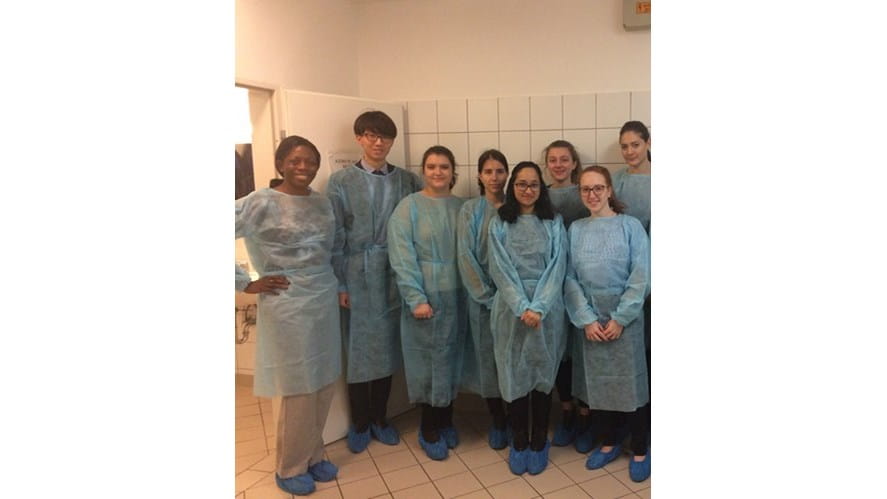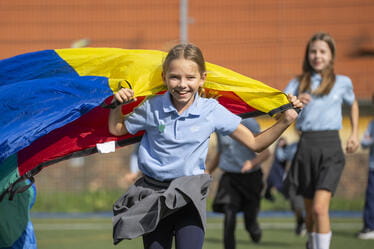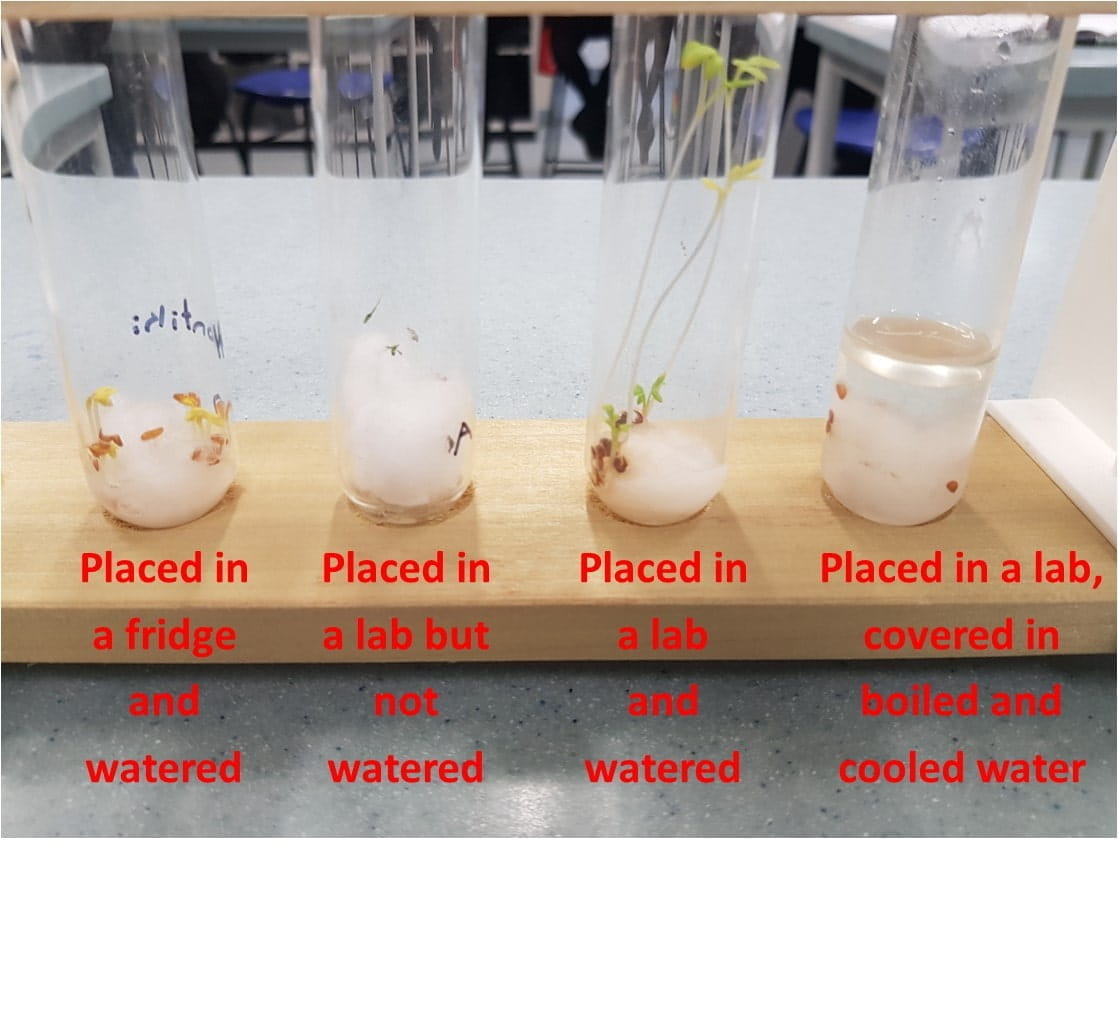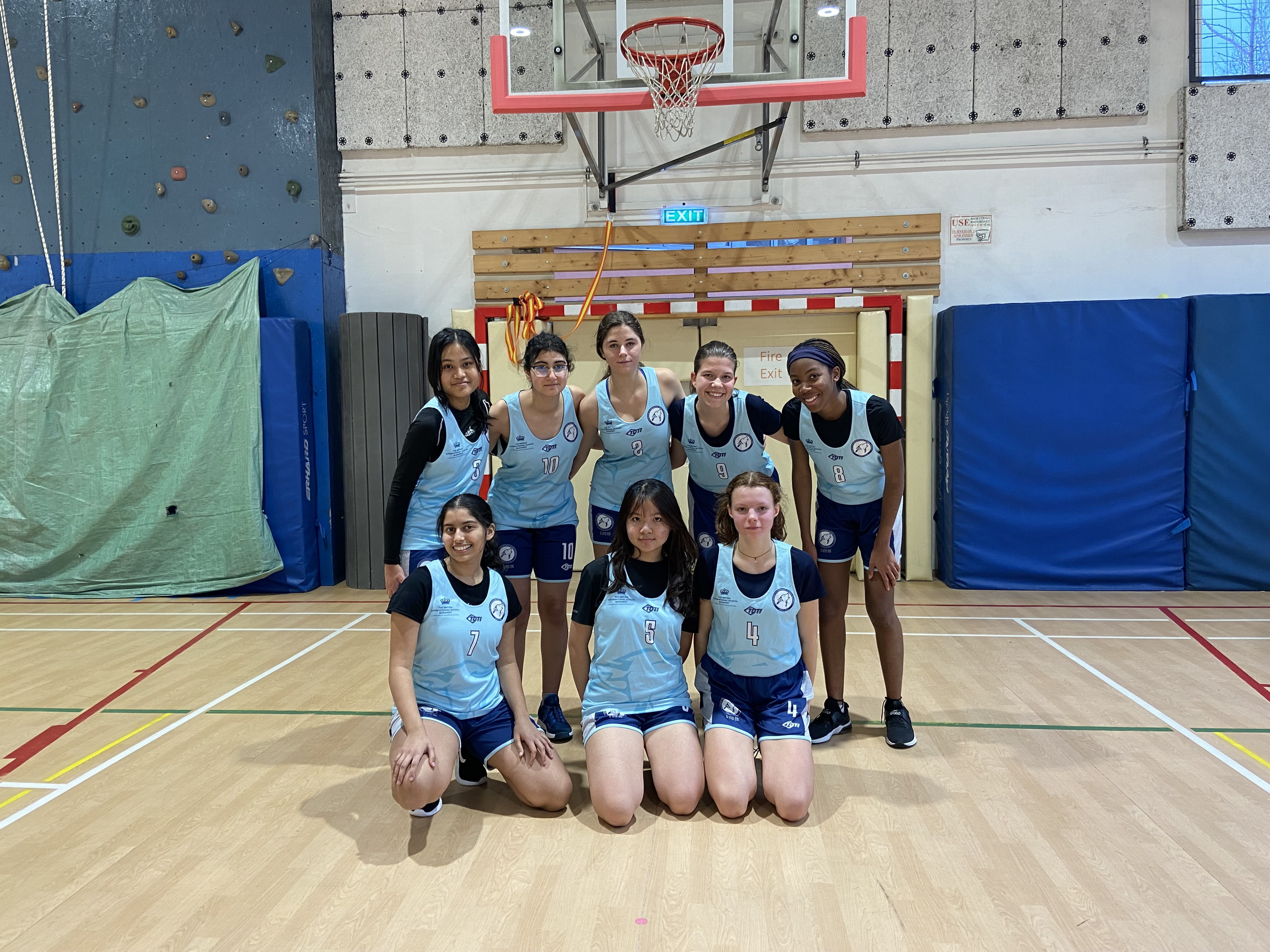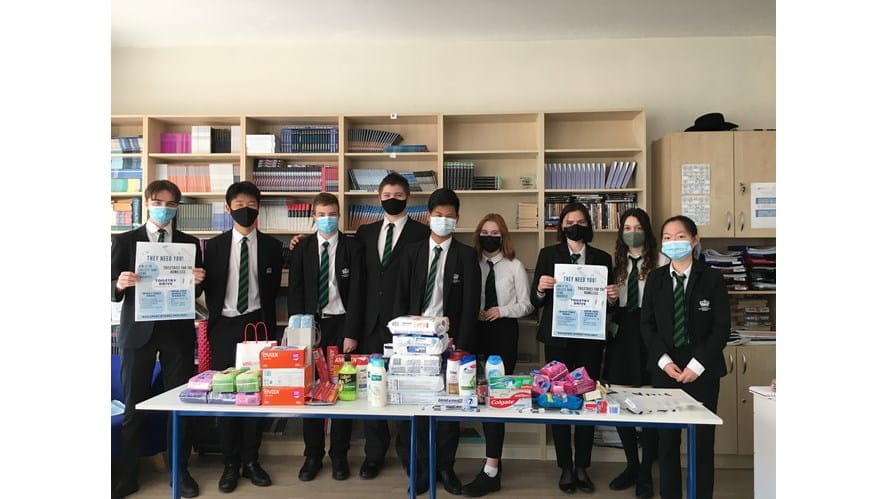Year 13 Biology students visited Honved Hospital to view a human autopsy Our Year 13 IB Biology students were given a rare opportunity to visit the Honved Hospital and attend a human autopsy. As well as complementing the Animal Physiology part of the IB Biology course, this was a valuable opportunity for any student interested in studying Medicine or Biomedical Sciences at university. It also allowed the students to get a better understanding of how the human body works. Below is a summary from two of our Year 13 students, Kavya Francis and Eszter Soós, who attended. Miss Uhure.
Our Year 13 IB Biology students were given a rare opportunity to visit the Honved Hospital and attend a human autopsy. As well as complementing the Animal Physiology part of the IB Biology course, this was a valuable opportunity for any student interested in studying Medicine or Biomedical Sciences at university. It also allowed the students to get a better understanding of how the human body works. Below is a summary from two of our Year 13 students, Kavya Francis and Eszter Soós, who attended. Miss Uhure.
“As part of the IB biology course we study Human Physiology and how organisms work. In order to consolidate our understanding and visualise the concepts we are studying, our class attended an autopsy at Honvéd Hospital on 14th March. Before entering the room, we had to put on sterile scrubs, foot covers and gloves, which ensured our safety and made us feel like practising professionals. Even though the first sight of the bodies was a little overwhelming, we found the experience very valuable. We were given the opportunity to closely examine the organs; a rare opportunity. To add to this, the doctor that performed the autopsy was very knowledgeable and gave lots of details on each individual organ. He shared with us how to identify the visible factors that may have led to the person’s death.
Kavya Francis and Eszter Soós

